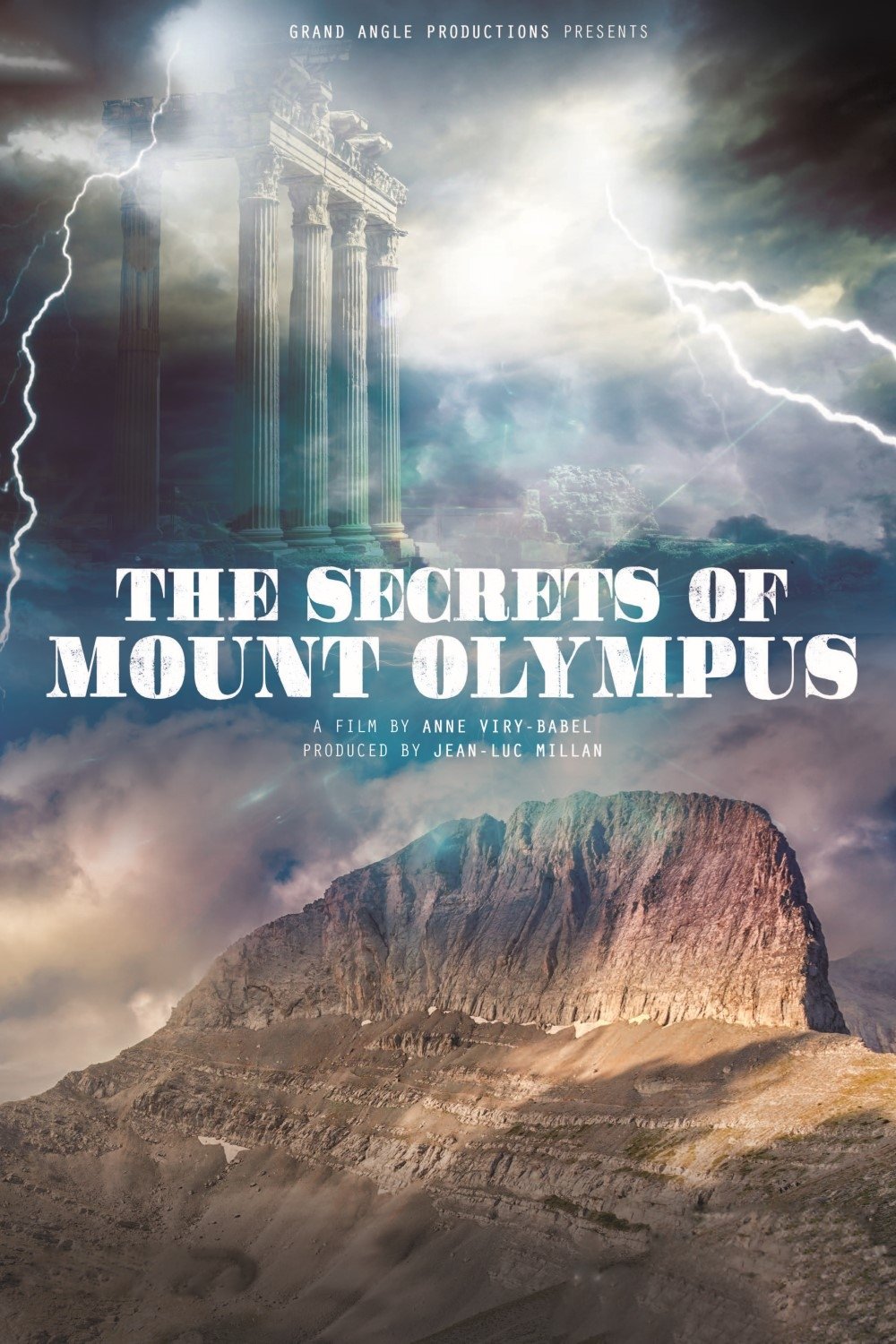Browse all content tagged with this keyword.
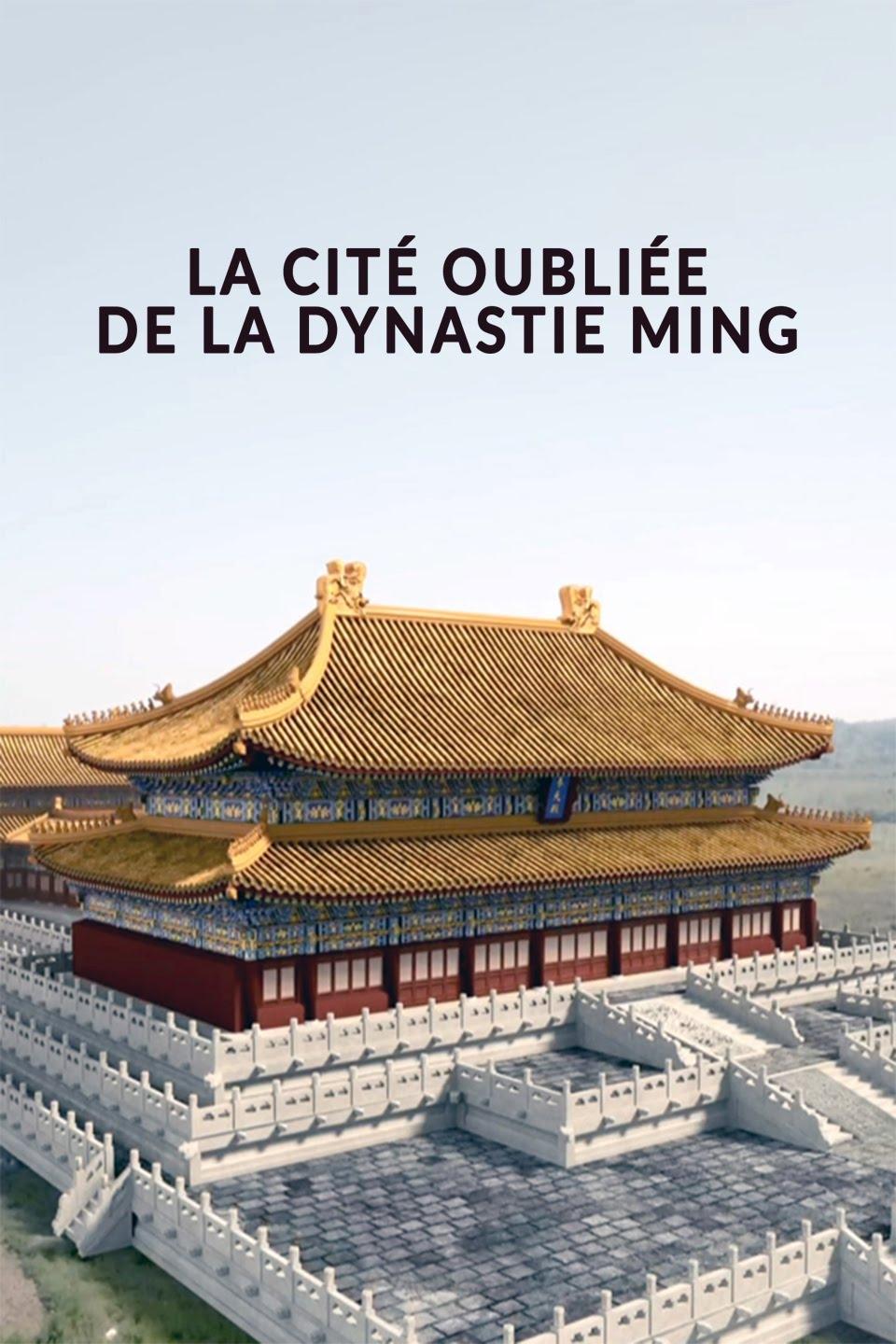

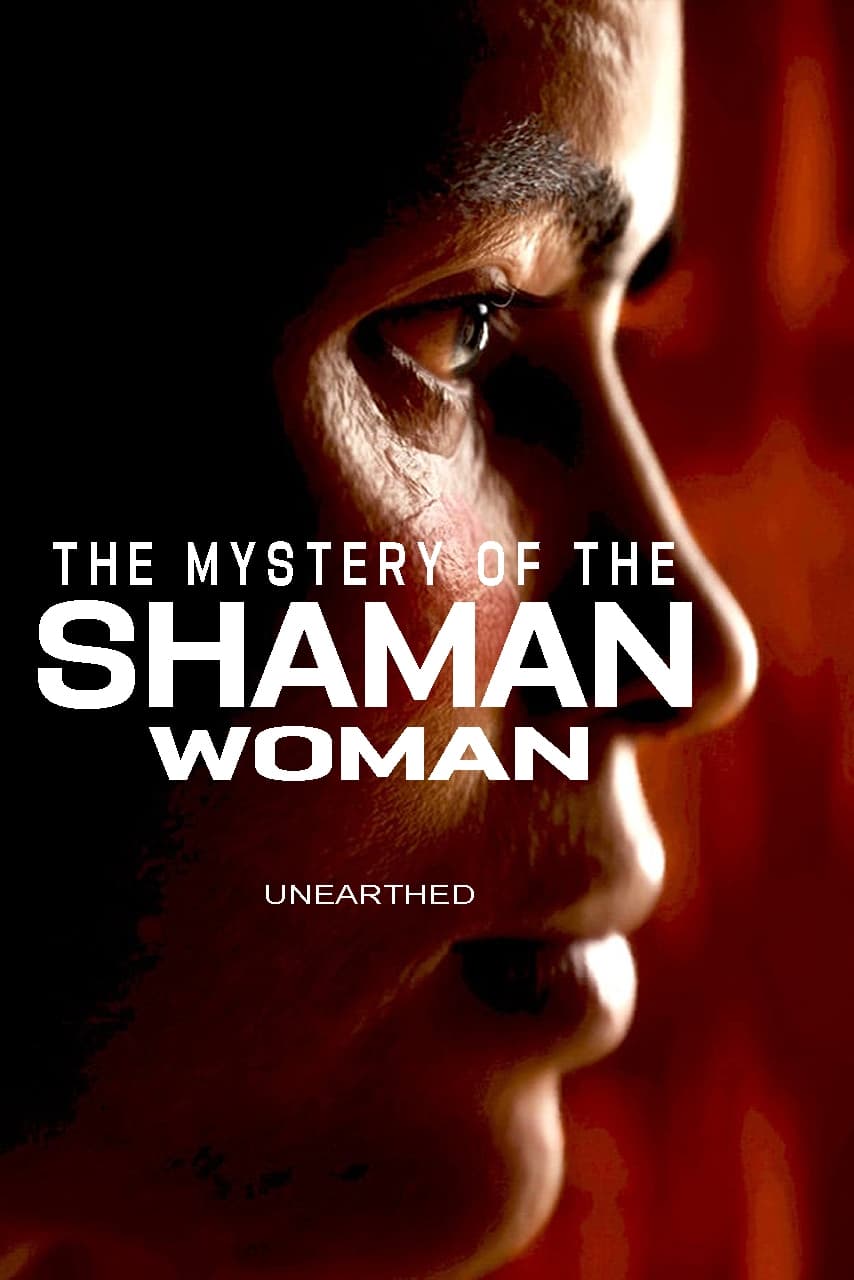
One of the most significant cases in European archaeology is...

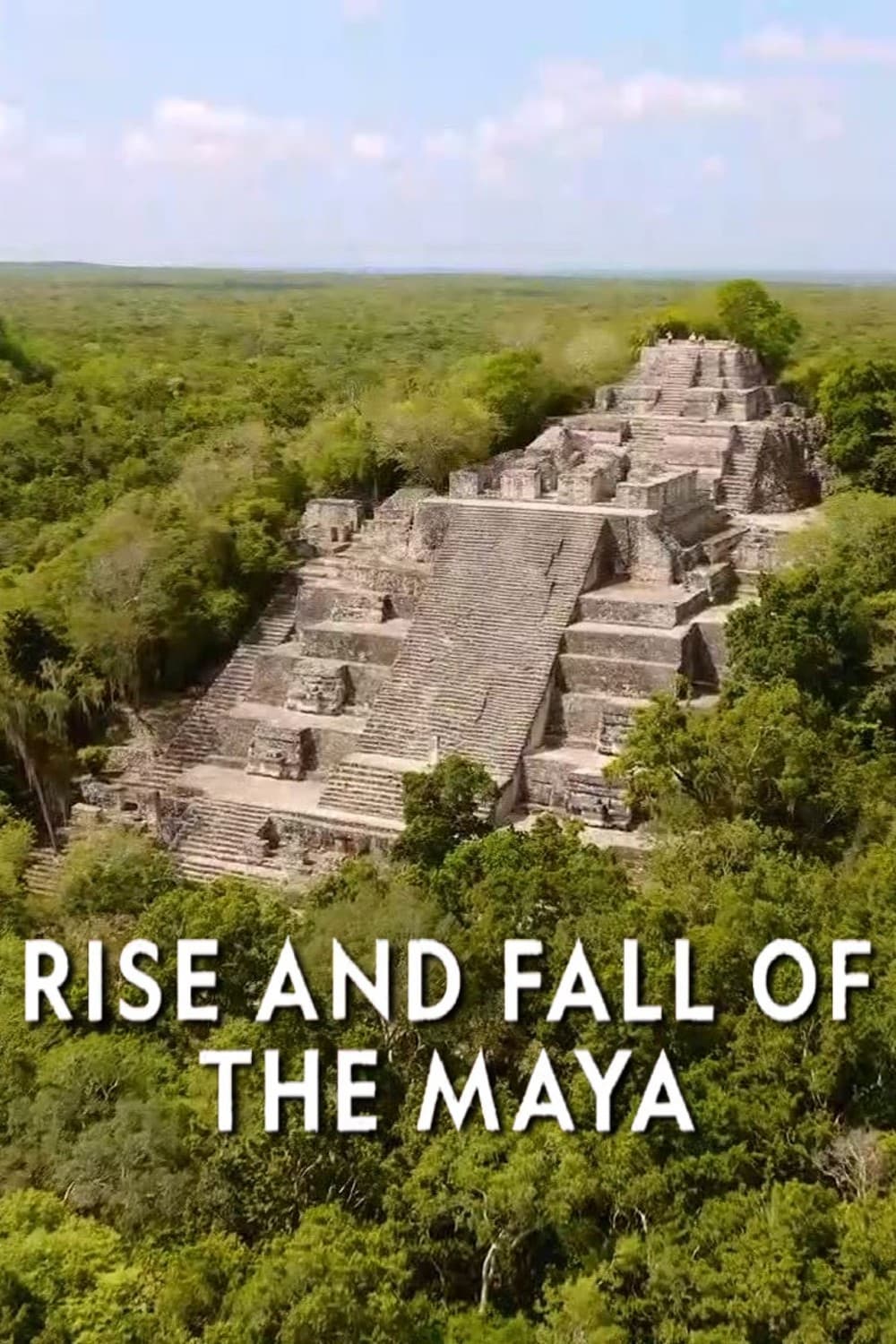
Despite decades of research, many mysteries remain about the ancient...
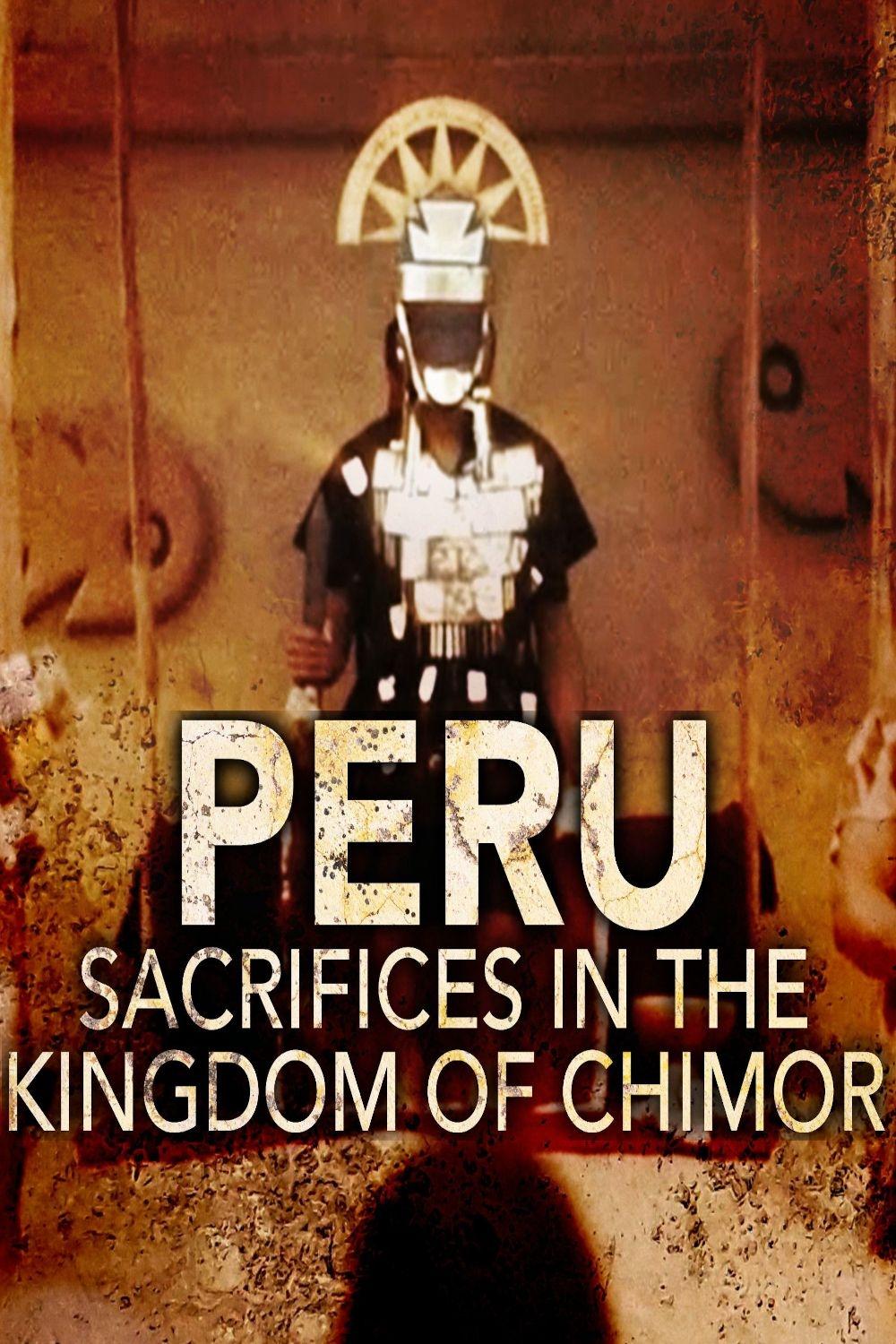
In northern Peru, the unprecedented archaeological discovery of the largest...
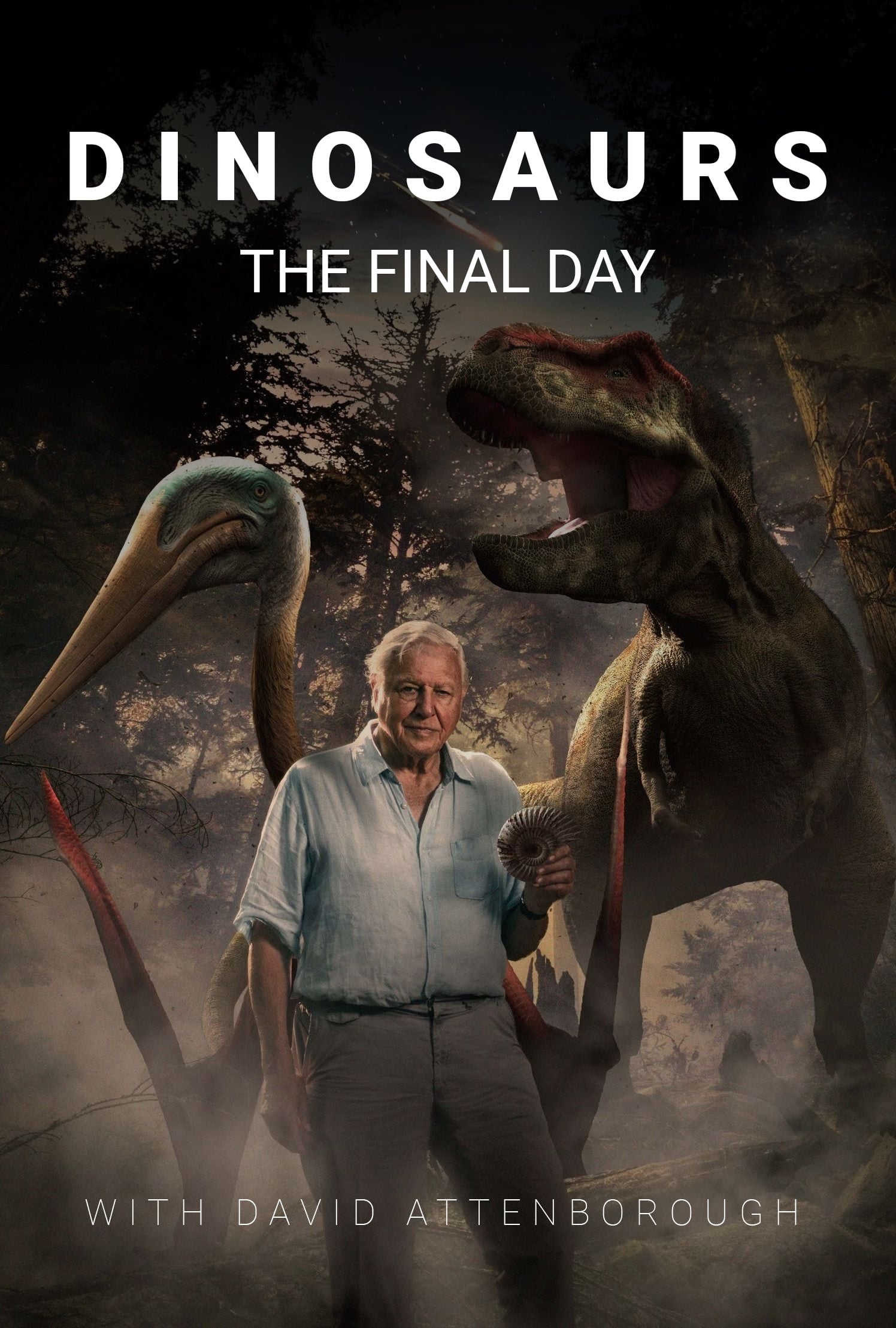
David Attenborough brings to life, in unprecedented detail, the last...
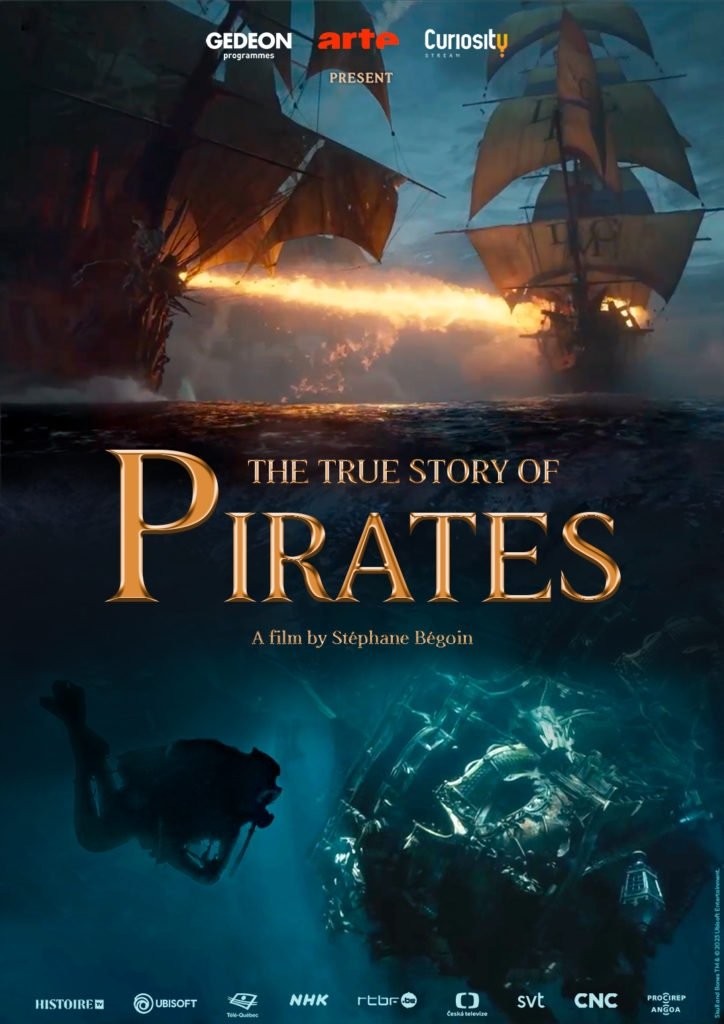
Thanks to new excavations in Mauritius and Madagascar, as well...

The construction of the Egyptian pyramids remains an enigma, an...
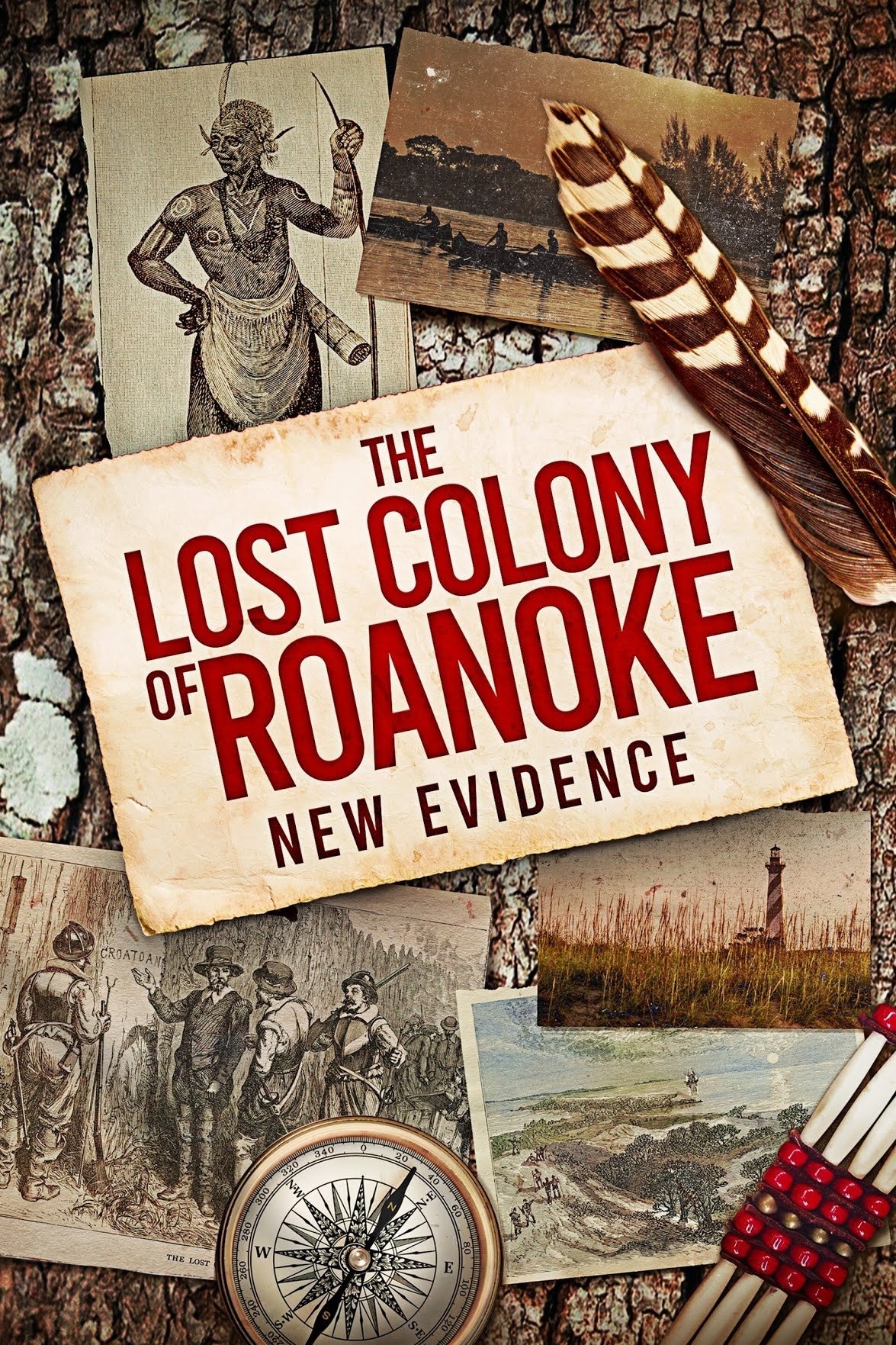
In 1587, more than 100 English colonists settle on Roanoke...

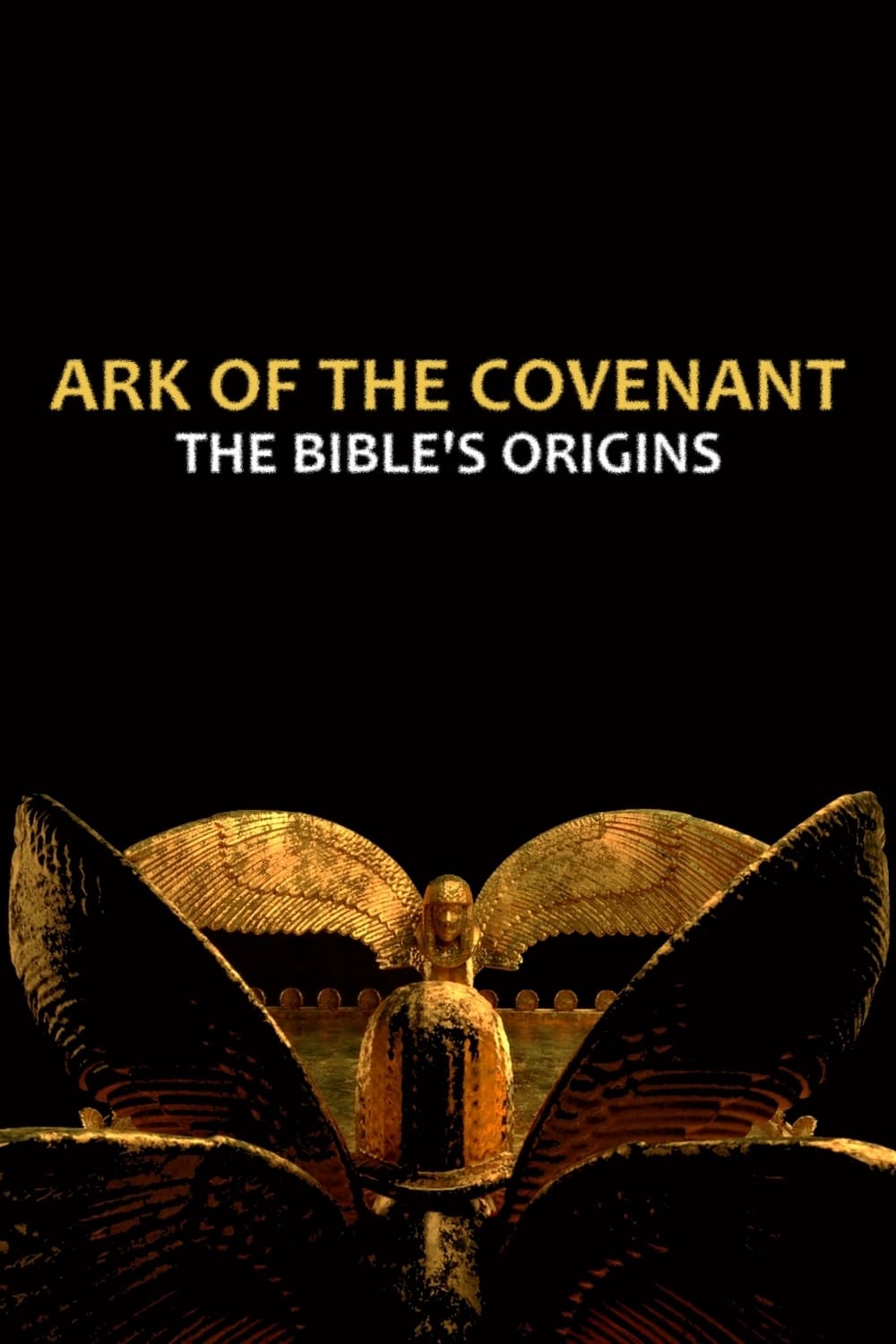
In Israel, a joint French-Israeli scientific mission is set to...
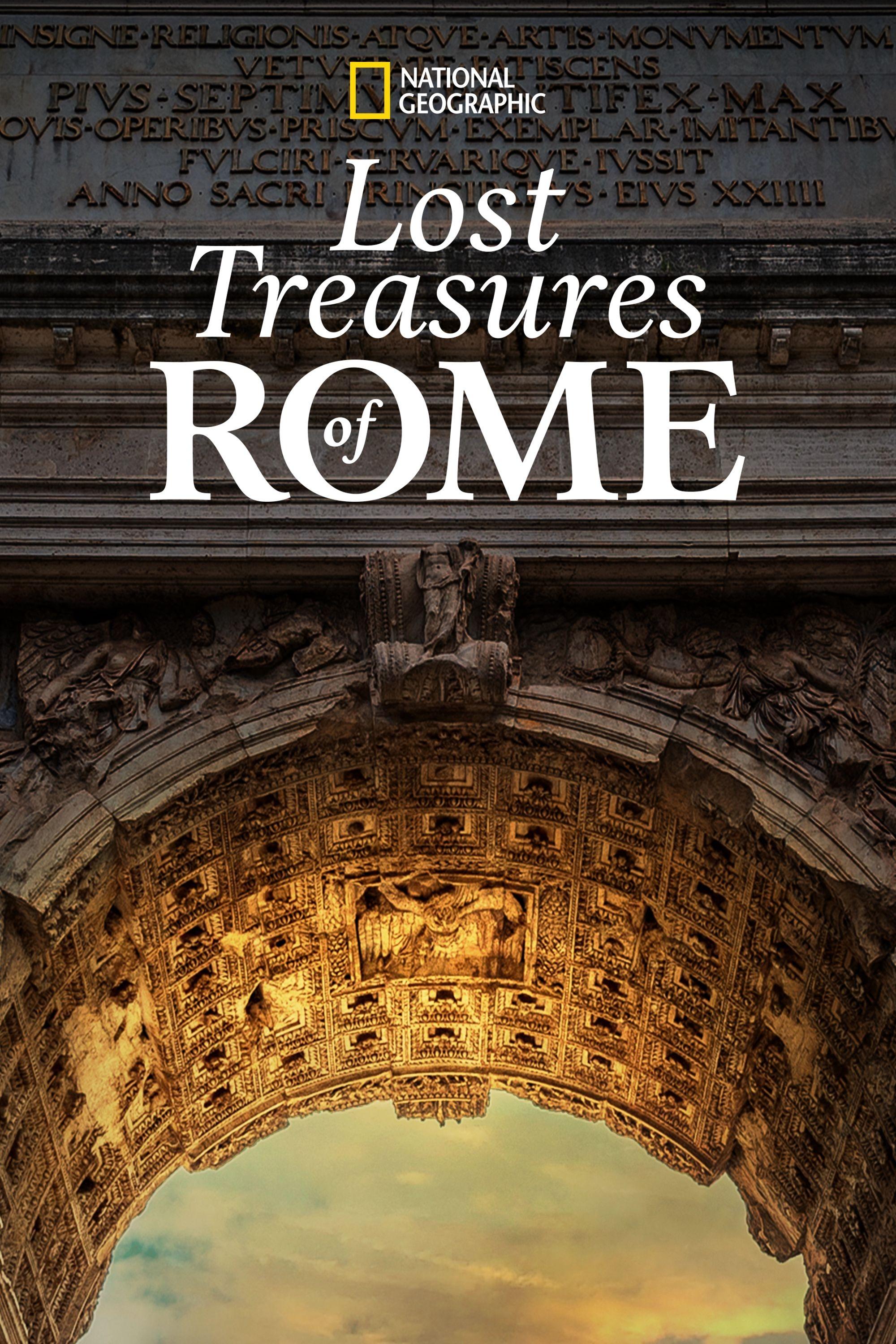
This new series follows International teams of archaeologists on the...
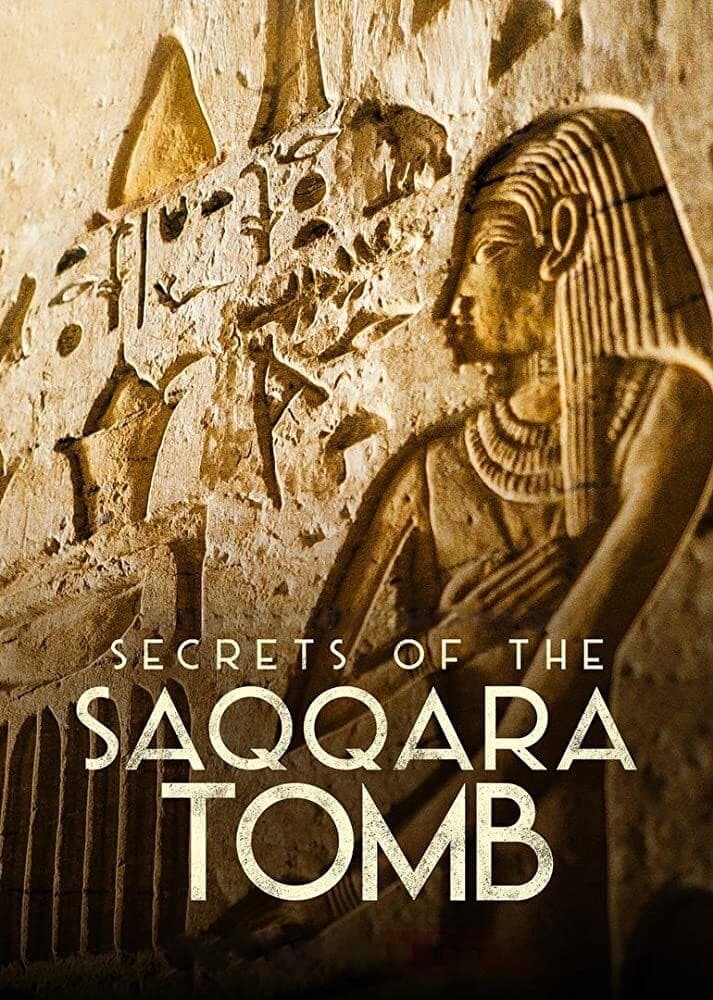
This documentary follows a team of local archaeologists excavating never...
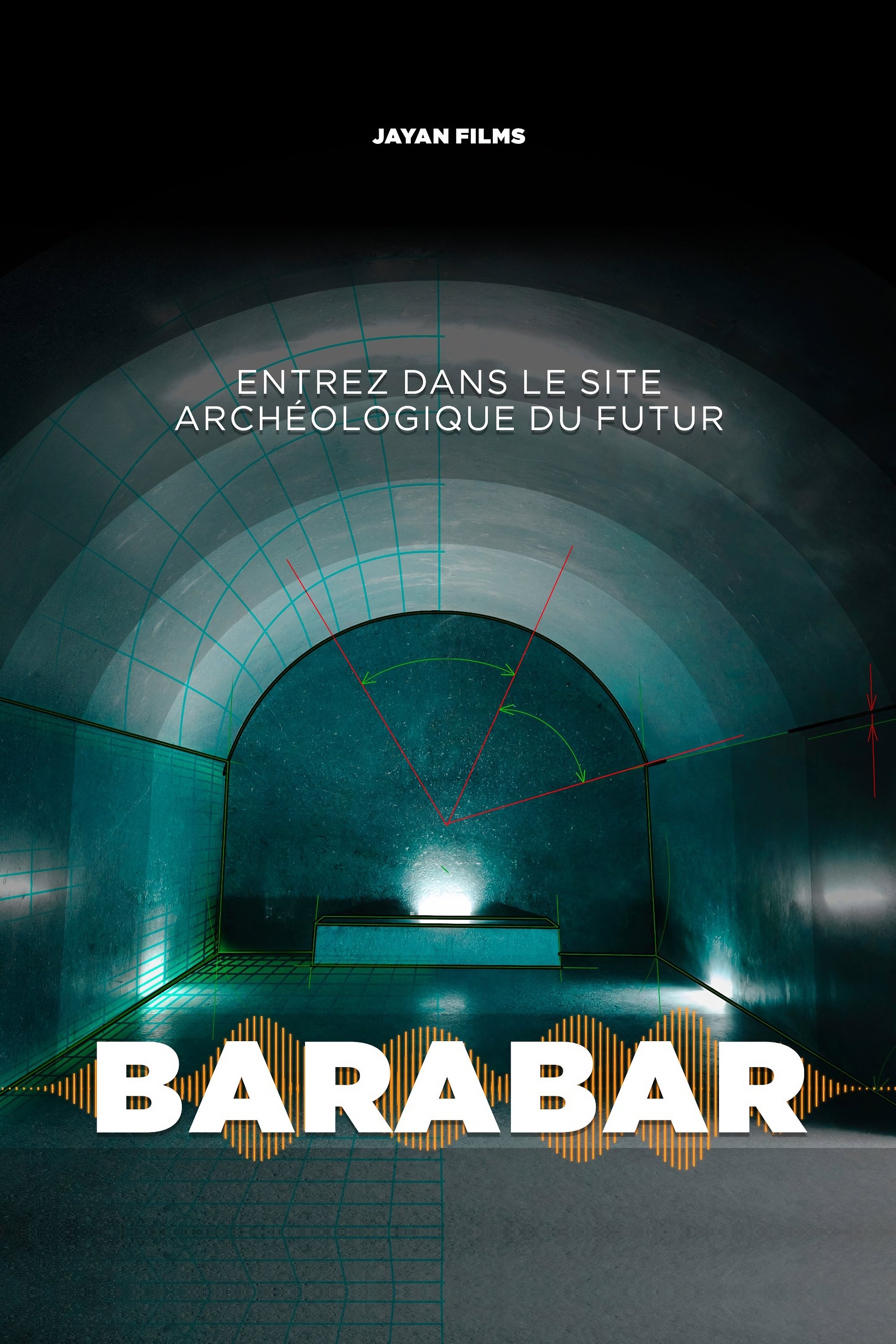

A national controversy in the early 1900s, The Michigan Relics...
